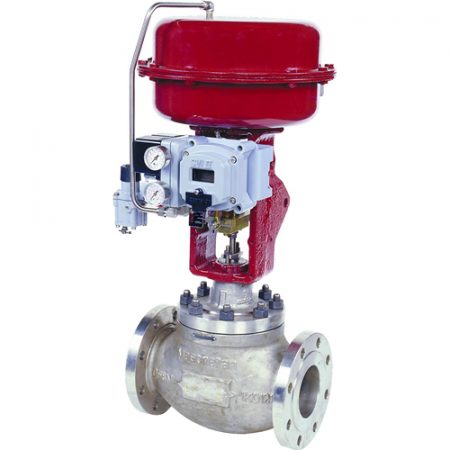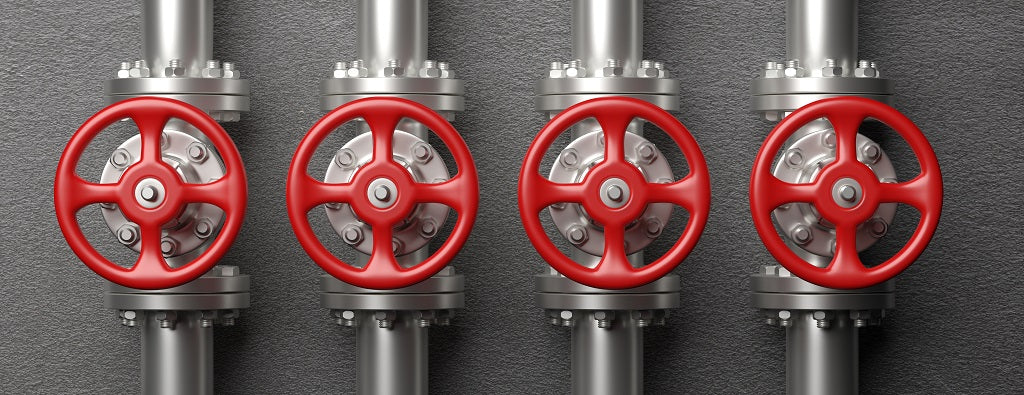
Maximize Power Savings and Convenience With Advanced Building Automation Controls
In the realm of contemporary design and center management, the combination of advanced structure automation controls stands as a pivotal advancement. By utilizing the power of automation, structures can adjust, react, and progress in methods that were when inconceivable.
Energy Performance Perks
Power effectiveness advantages can dramatically lower power usage and functional prices in buildings. By applying energy-efficient techniques and modern technologies, building owners and operators can achieve substantial financial savings while likewise contributing to ecological sustainability. One of the main benefits of boosting energy effectiveness in buildings is the reduction of utility bills. Energy-efficient systems, such as advanced building automation controls, can maximize the usage of resources like lights, cooling, and heating, leading to lower power expenses in time.
Moreover, improved power performance can lengthen the lifespan of building tools and systems. By running more efficiently, a/c systems, lighting fixture, and other structure components experience much less deterioration, resulting in lowered upkeep and substitute costs. Additionally, energy-efficient buildings commonly command greater home worths and rental rates, providing lasting economic advantages to owners.
Moreover, power effectiveness can boost resident comfort and efficiency. Appropriately controlled indoor atmospheres with optimum lights and thermal conditions create an even more helpful and pleasurable work area, causing improved worker contentment and performance. In general, the energy performance advantages connected with advanced building automation controls are multifaceted, incorporating cost financial savings, environmental stewardship, and passenger wellness.
Enhanced Convenience Control
Enhancing convenience control in structure atmospheres calls for an innovative combination of advanced automation systems for ideal passenger well-being. By making use of sophisticated structure automation controls, facilities can customize the indoor atmosphere to meet the specific needs and choices of occupants. These systems allow exact regulation of temperature, illumination, and air flow, developing a comfy and productive ambience. Occupant fulfillment and performance are closely connected to thermal convenience, making it vital to have systems in location that can adjust to transforming problems in real-time.
Boosted convenience control goes past standard temperature level changes. It consists of features such as individualized setups, occupancy sensors, and natural light application to produce a responsive and vibrant environment. By including these advanced controls, buildings can not just improve comfort but additionally improve power performance by maximizing system procedures based upon real tenancy and use patterns. Ultimately, focusing on resident comfort via sophisticated automation systems results in an extra satisfying and healthier interior atmosphere.
Operational Effectiveness Improvements

In addition, the implementation of real-time tracking and analytics tools makes it possible for structure drivers to identify energy inadequacies and operational abnormalities promptly. By continuously checking power usage patterns and system efficiency metrics, modifications can be made in real-time to optimize energy usage and ensure peak functional performance. control valves. In addition, integrating need reaction techniques right into structure automation controls can better boost operational performance by dynamically readjusting energy usage based upon grid problems and rates signals
Indoor Environment Optimization
Reliable interior environment optimization is a fundamental facet of structure automation controls, guaranteeing residents' comfort and health while maximizing energy savings. By using sophisticated sensors and see this here controls, building automation systems can continuously change and keep an eye on temperature level, humidity degrees, air quality, and ventilation to produce an ideal indoor setting. Keeping comfortable and consistent problems not just boosts resident complete satisfaction but likewise increases performance and overall health.
Indoor environment optimization also plays an important duty in energy performance. By fine-tuning air flow, heating, and cooling systems based upon real-time data and occupancy patterns, building automation controls can dramatically reduce power intake - control valves. As an example, applying approaches such as demand-controlled ventilation and thermal zoning can help minimize energy waste while ensuring that each location of the building gets the essential conditioning.

Lasting Environment Creation
Building automation controls not just optimize indoor climate problems for energy performance and passenger comfort but additionally lay the structure for creating a sustainable setting with strategic administration of sources and systems. By incorporating advanced building automation technologies, such as sensing units, actuators, and intelligent software, centers can adjust and monitor energy use in real-time to decrease waste and lower their carbon impact. These systems make it possible for anticipating maintenance, identifying possible issues before they intensify and maximizing equipment efficiency to enhance long life and performance.
Furthermore, lasting atmosphere production prolongs past power monitoring to encompass water conservation, waste decrease, and interior air top quality renovation. Structure automation controls can manage water usage, identify leaks, and make certain proper garbage disposal techniques, contributing to overall sustainability efforts. Additionally, by regulating and checking ventilation and filtration systems, these innovations boost passenger health and wellness and efficiency while reducing energy consumption connected with cooling and heating procedures.
Final Thought
In final thought, progressed building automation manages deal substantial advantages in regards to energy financial savings, convenience control, operational efficiency, interior climate optimization, and producing a lasting environment. By implementing these controls, buildings can attain optimal performance while minimizing energy consumption and boosting owner convenience. It is evident that making look at more info use of advanced automation modern technology is critical in improving structure performance and producing an extra lasting future.
Energy efficiency benefits can considerably minimize power consumption and functional prices in buildings. Overall, the power efficiency advantages linked with sophisticated structure automation controls are multifaceted, including price savings, environmental stewardship, and occupant well-being.
Additionally, including need action techniques into building automation controls can further enhance operational efficiency by dynamically changing power use based on grid problems and rates signals.
Structure automation regulates not just enhance indoor environment problems for power effectiveness and passenger convenience yet additionally lay the foundation for producing a sustainable environment with tactical administration of resources and systems.In verdict, advanced building automation controls offer substantial advantages in terms of power financial savings, convenience control, operational effectiveness, indoor environment optimization, and producing a sustainable setting.